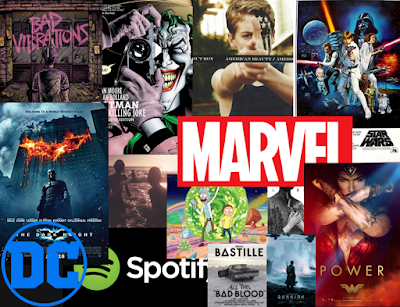This is my YouTube video for the Fruitella remake my group, James filmed in media. In order to analyse it fully, we had to answer the following questions:
- Who did you work with and how did you manage the task between you? - My group consisted of Grace, James, Alex and we were helped by Lawrence in the acting role. James and I were the delegated editors while Grace and Lawrence helped with acting. Alex helped with the filming but that was mainly manned by James.
- How did you plan the sequence? What processes did you use? - We planned the sequence using storyboarding and analysing the main advert frame by frame to try get every shot as good as we could, however this was only brief when we should of spent more time on it
- What theorists do you think you could apply to your task?
- What factors did you have to take into account when planning, shooting and editing? - We delegated 1 and a half days to filming every scene in any free periods we had and 1 final day to do all the editing of the scenes together.
- How successful was your sequence? Please identify what worked well and with hindsight what would you improve/do differently? - I think we should of delegated more time to finishing off filming as some scenes were a bit off and they were not up to my personal standards however we stuck to our schedule but i think we were worse off from it.
- What did others say about your production? - We had some positive feedback from people watching the advert but I personally didn't like it as i feel we could of done better.
- What have you learnt from completing this task? - That planning is essential to a good production/film and without it, the product will not be as good as expected in the beginning.
- Looking ahead, how will this learning be significant when completing your future productions? - Ill make sure to plan a lot more as wen didn't spend a lot of time on it and make sure we have longer time frames to film and stay productive as you cant rush a good production



















